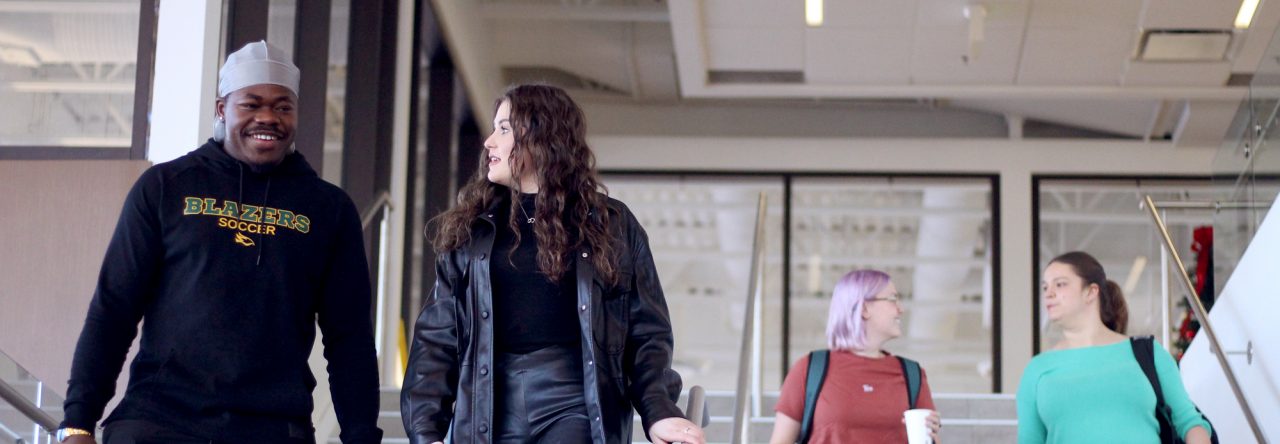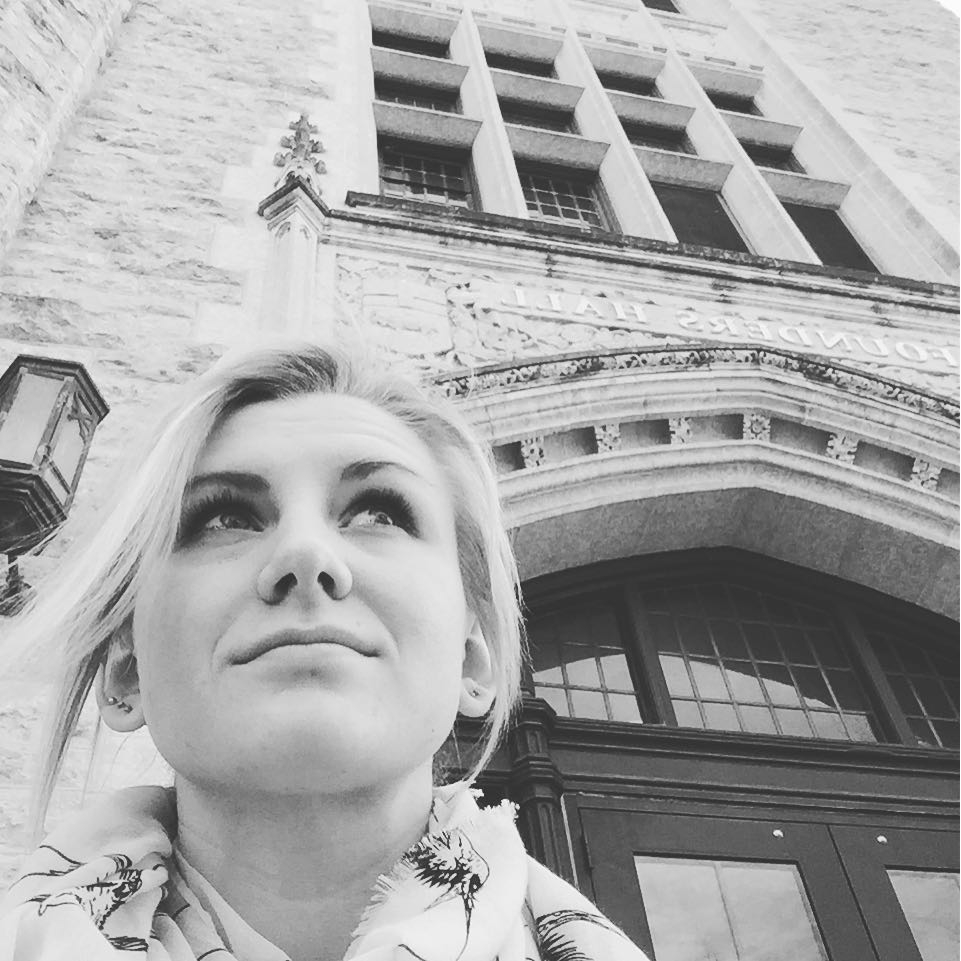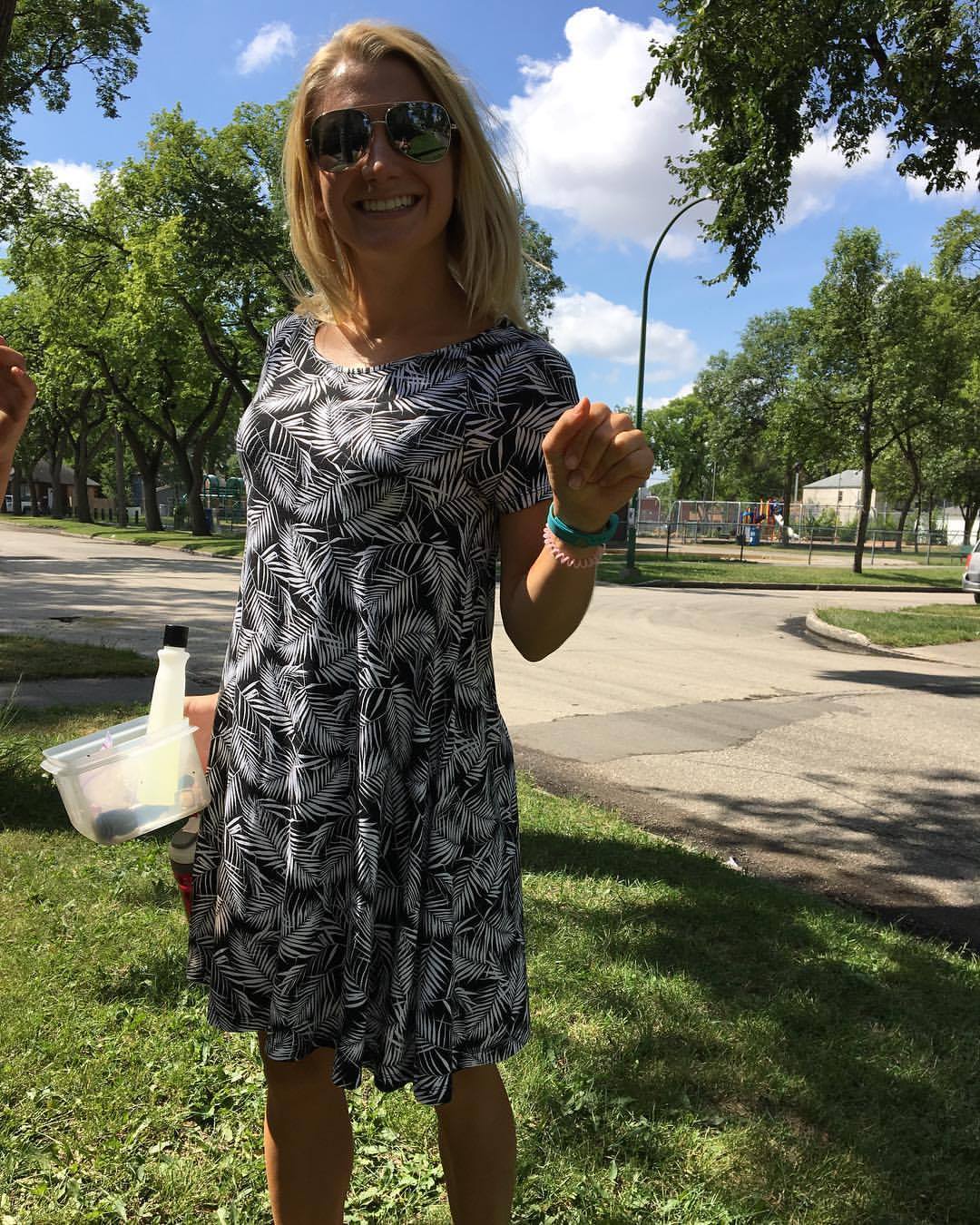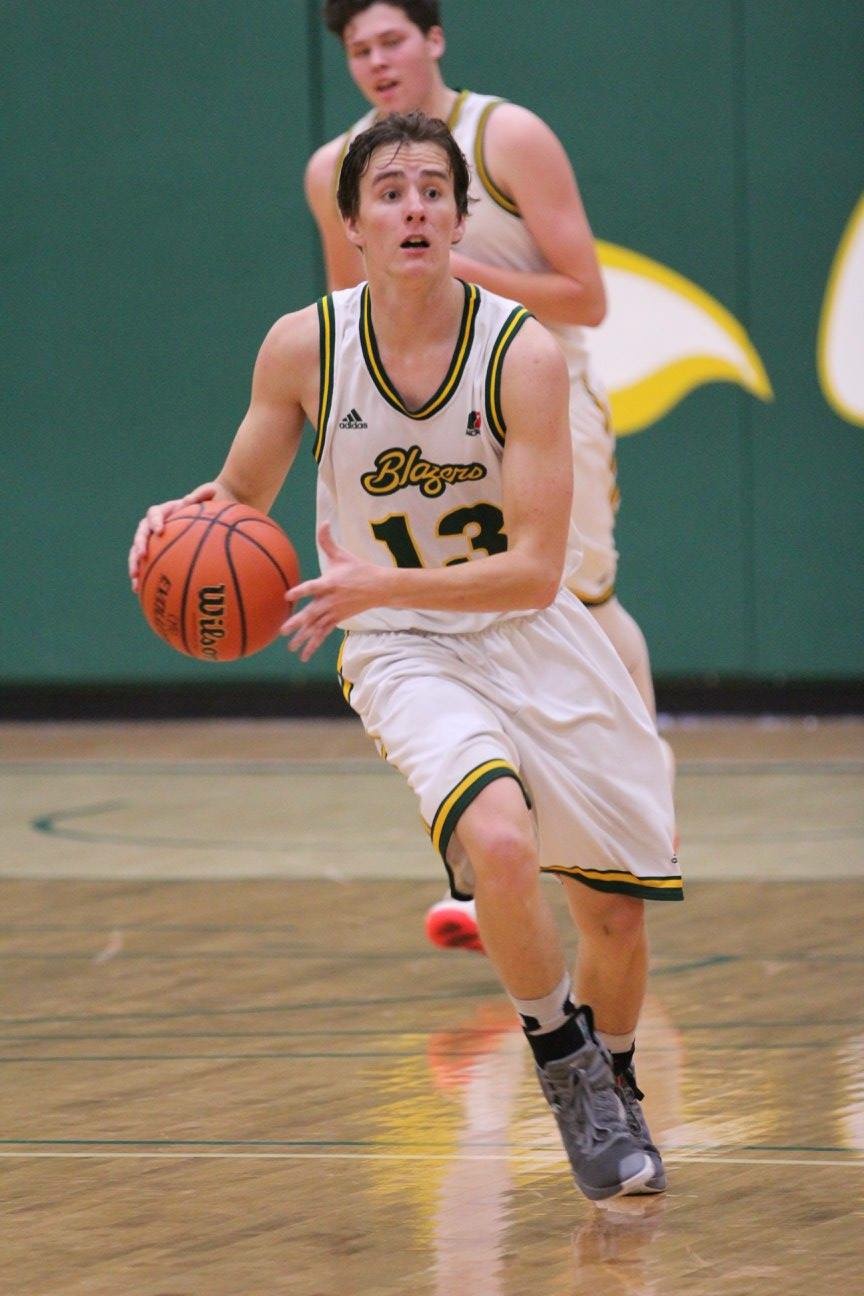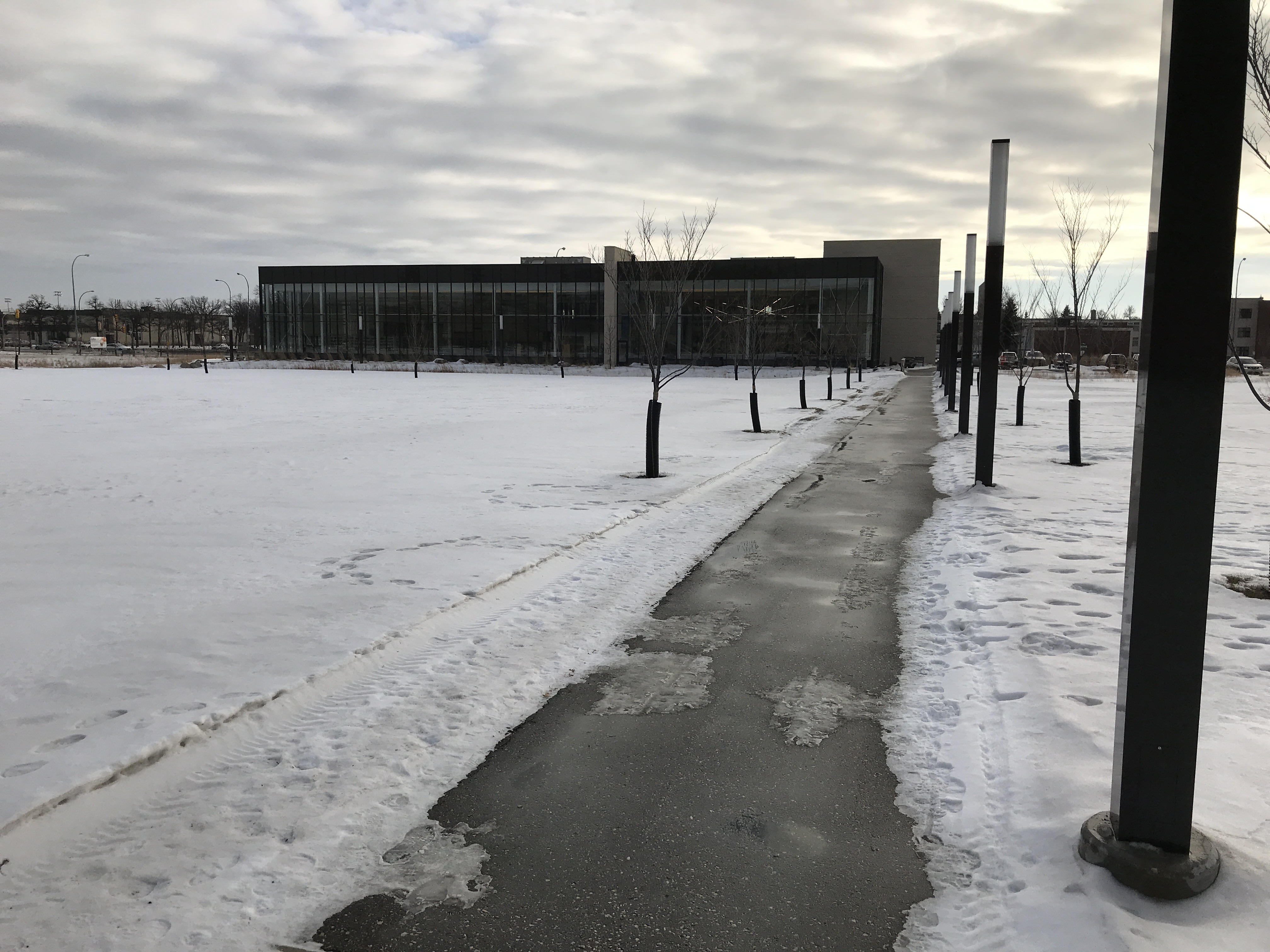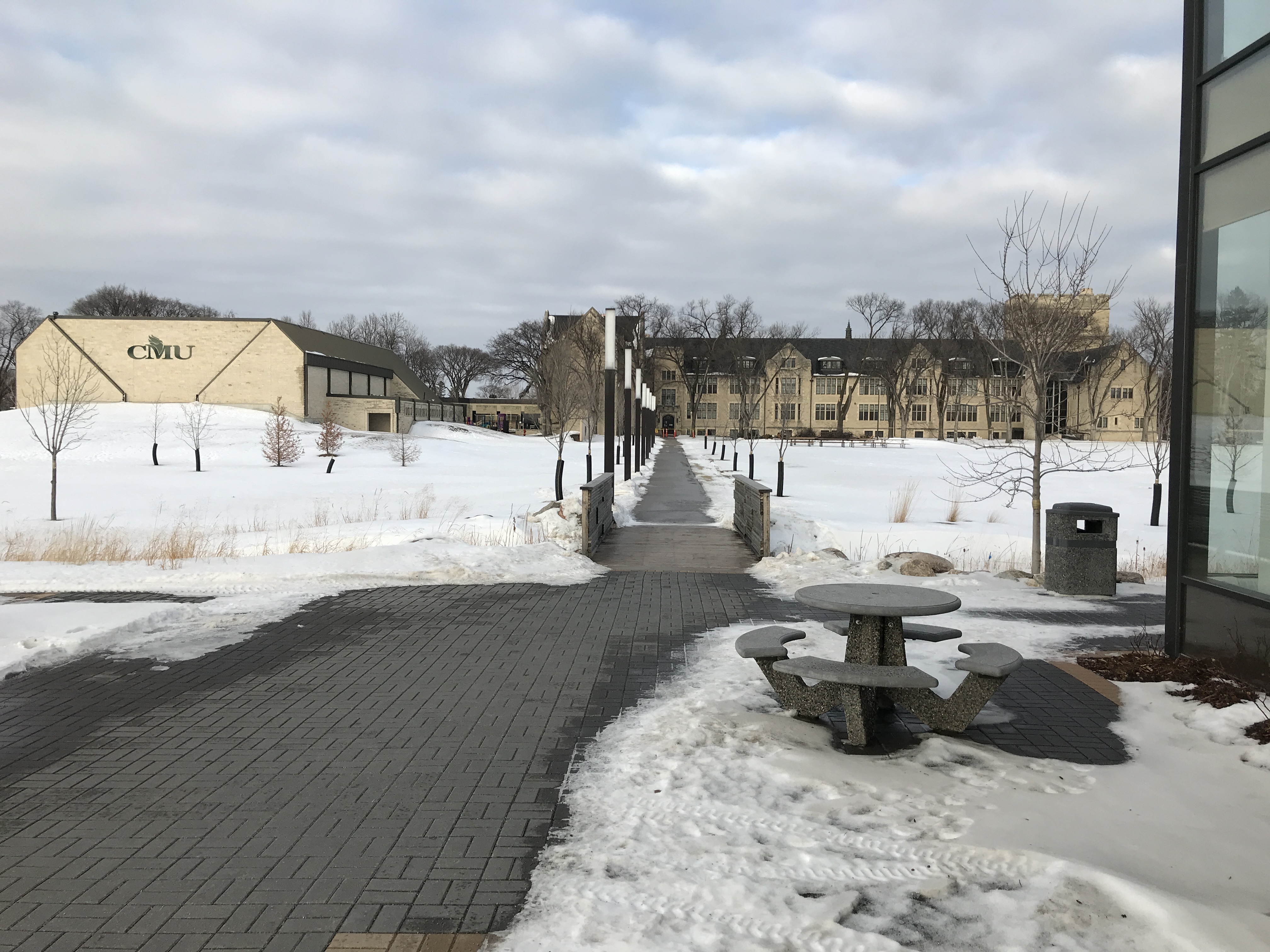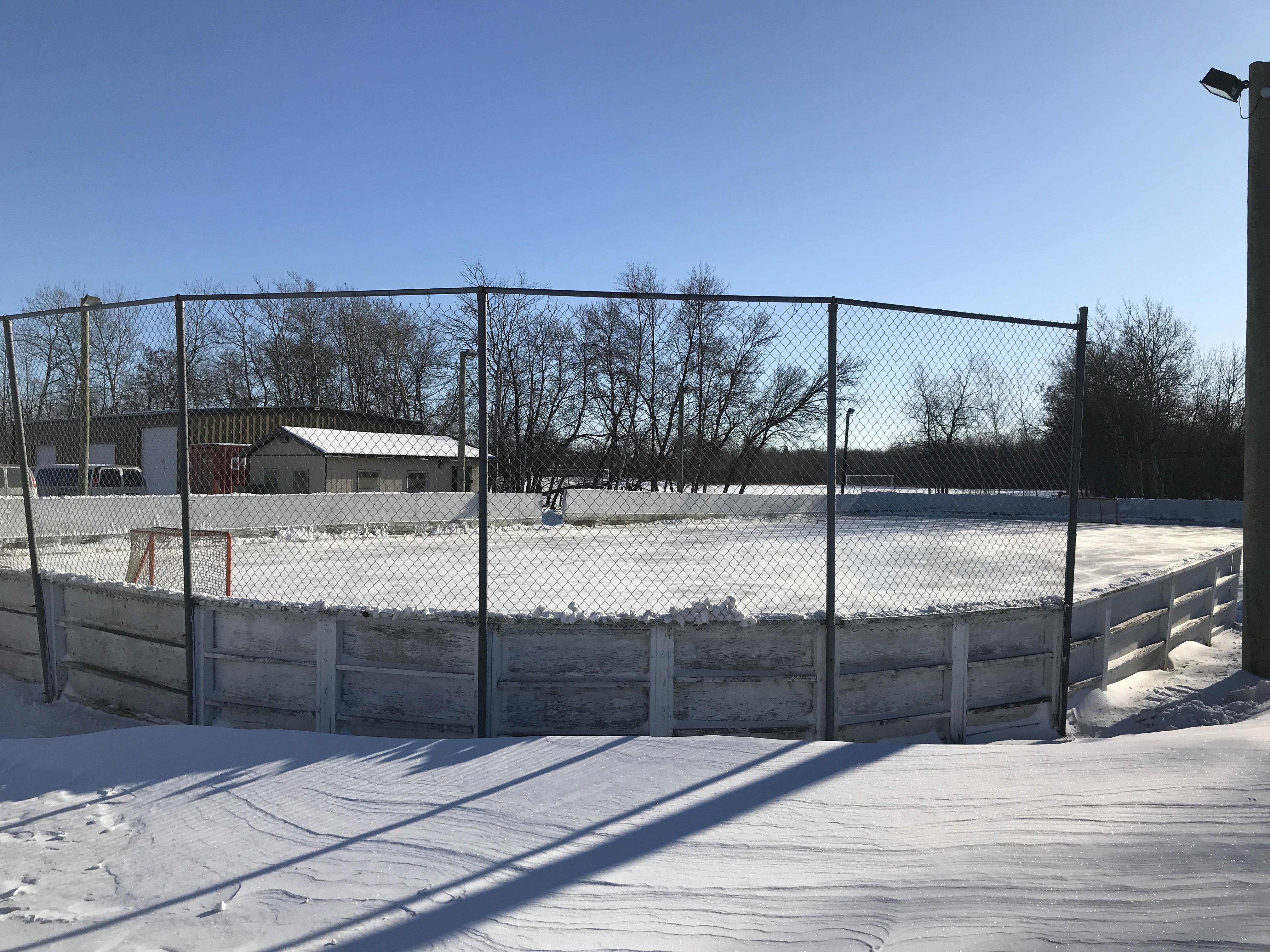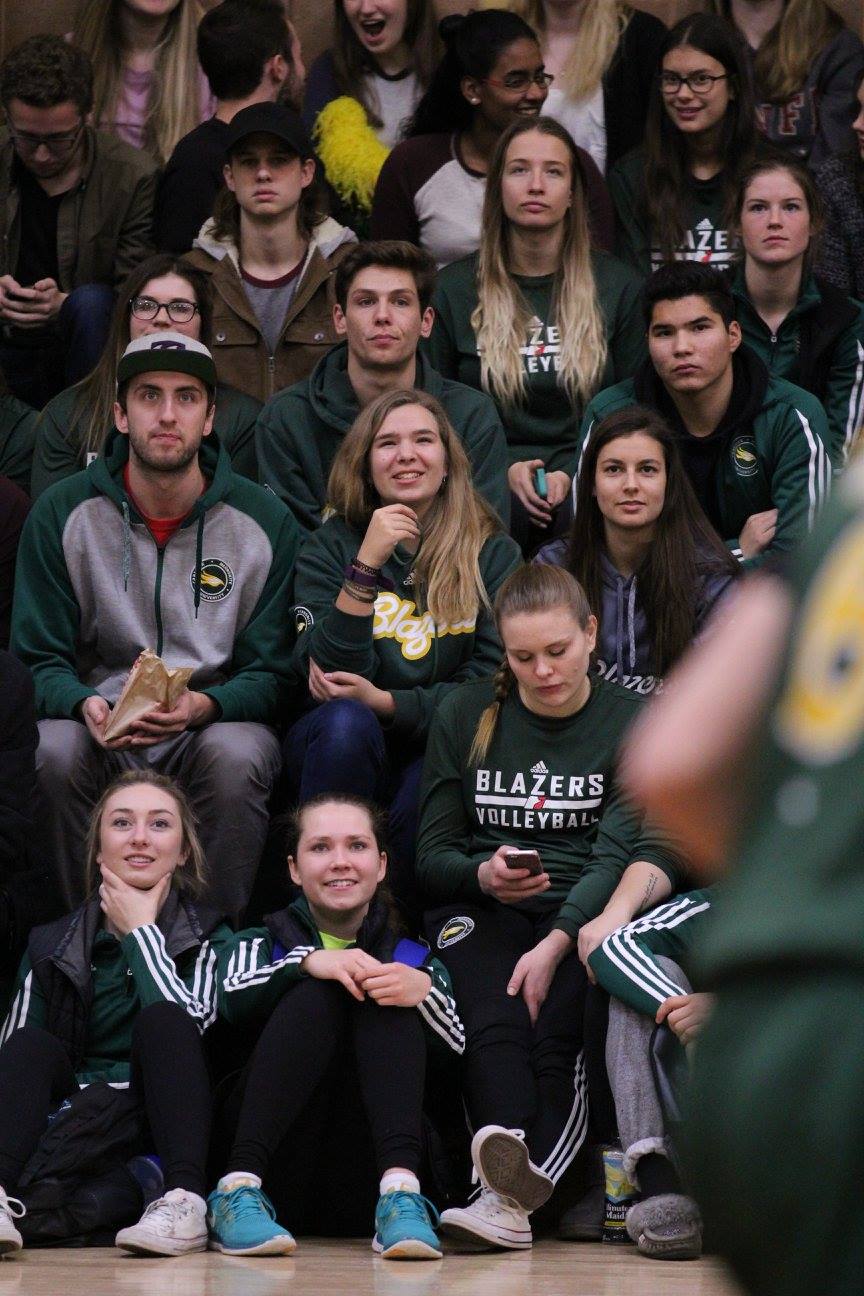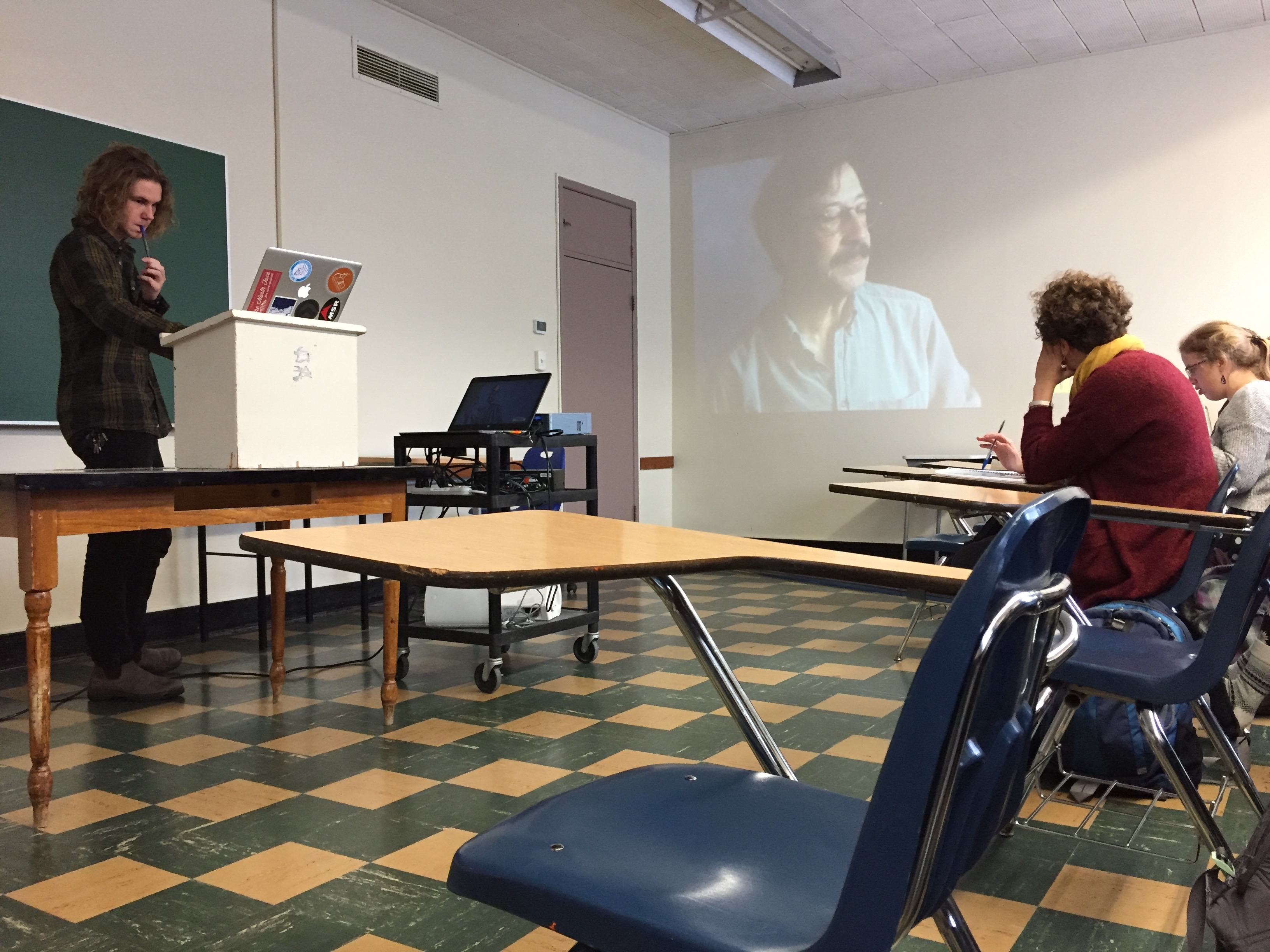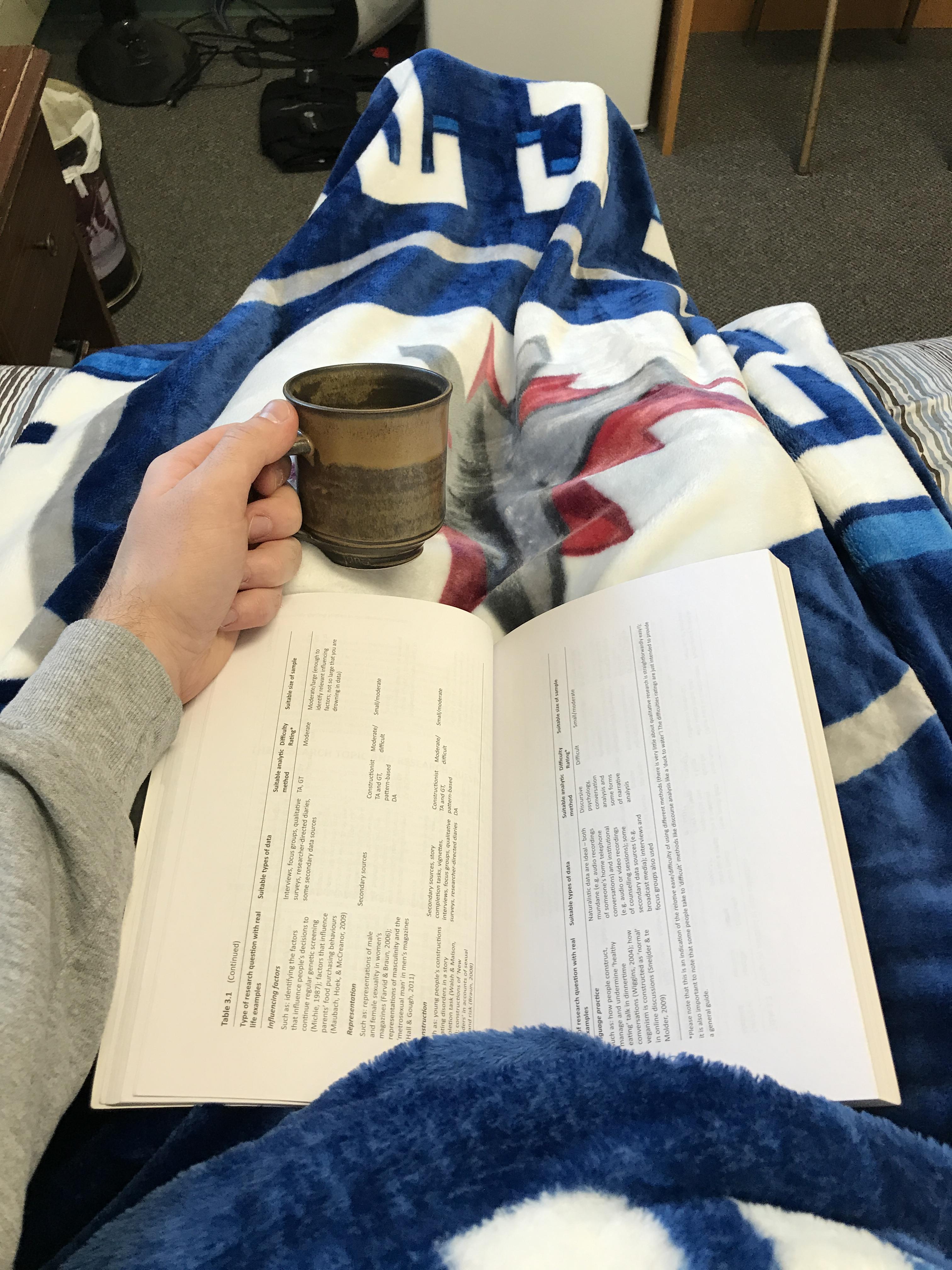When I came to CMU, my plan was to do sciences and later pursue a medical degree. But when I started my science classes, I realized that I really wasn’t that passionate about Sciences. I also didn’t perform particularly well so that would have hindered any plans of going to medical school.

It took me a while to figure out what else I was passionate about. I knew that I wanted to be in a position where I was going to help people, but I was not certain what exactly that would look like.
At that time, I was on conditional continuance, since my grades weren’t that great, and I had to be really careful about how I went about choosing my courses. My grades were not all bad, though. I had good marks in most of the social science courses that I took, and I was advised by Wesley Toews to consider going into more social sciences courses to see whether that was the right fit for me. Turns out, I wasn’t that bad at social sciences, so I stuck with them.
I took my first psychology course in my second year, which is pretty late. But guess what? I absolutely enjoyed it and wanted to stick with it.
Now that I knew what I wanted to do, things seemed to be moving in the right direction. Psychology seemed like the best option for me; I still got to work with people, and that convinced me to pursue it.
My experience as a psychology student has been good. I’ve had the opportunity to learn more about myself while pursuing what I’m interested in. The psychology courses I’ve had the opportunity to take have been intriguing and informing, but also challenging. All the professors I’ve had so far have been good at keeping the courses interesting. I also like that I get to be taught by different professors who tend to connect their work experiences in psychology with the courses that they are teaching. It gives you an idea of what a career in psychology could look like.
 No one tells you this, but CMU has a very high standard of writing. Maybe not high, per se, but it requires more than what they teach you in high school. I had to learn how to write in APA (American Psychological Association) format. To this day, I still haven’t mastered how to do it and I continue to learn as I write more papers. You have to keep your pocket manual close as it becomes your best friend for the rest of your academic career.
No one tells you this, but CMU has a very high standard of writing. Maybe not high, per se, but it requires more than what they teach you in high school. I had to learn how to write in APA (American Psychological Association) format. To this day, I still haven’t mastered how to do it and I continue to learn as I write more papers. You have to keep your pocket manual close as it becomes your best friend for the rest of your academic career.
I know I wouldn’t have gotten this far without my faith and belief in God. Through Him, all things are possible. Through the tough times, He has been constant. Prayer is a very powerful weapon, and as I have continued in my academic endeavours, that just seems to be truer. Keeping my trust and faith in Him and knowing that He has a plan for me has kept me going. It is also a testament that no matter how hard things seem to be, there is always a way.
Loma Mkhabela is in her fourth year of a Psychology degree at CMU.

